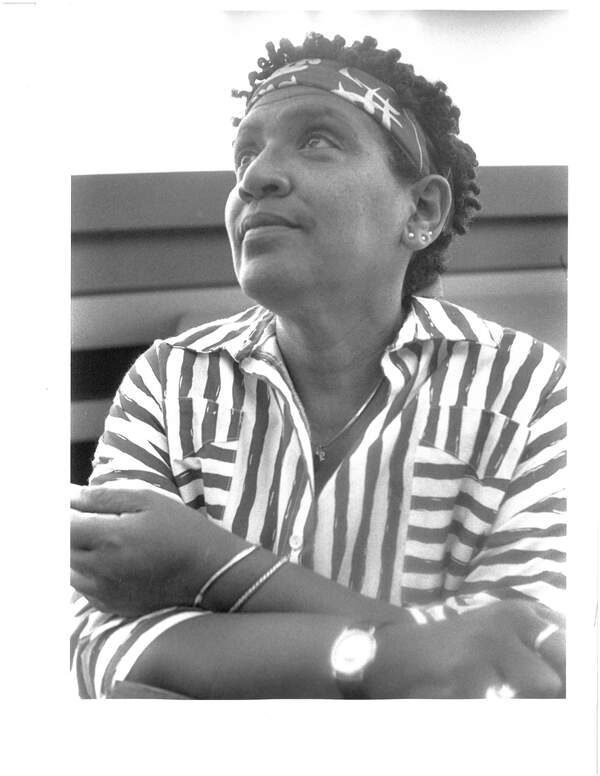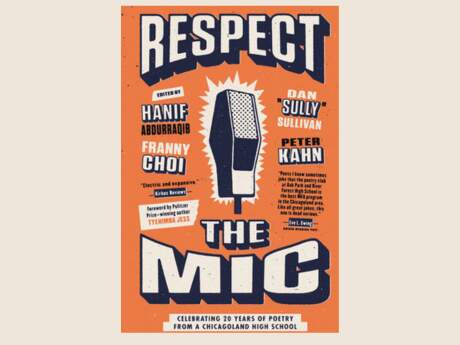On Poetry
Demolition

Detroit's old Central Station is abandoned, dilapidated, crumbling from the inside. People have come into the former train station to mine it for scrap copper tubing, and urban artists have used the dirty walls and columns as canvas. The Beau-Arts Classical architecture is now a postmodern palimpsest, declaiming everything from myspace urls, artist tag names, declarations that one Fred loves one Rachel—a love that annotates, perhaps, the words "Ouch" and "Overdose," all fabulously scripted in colorful graffiti letters that seem to glow and leap off of the brick and stone underneath. These artists work on and against the decomposing building, making memorial, laying bare the idea that creation and ruin might be two ends of the same self-devouring snake. It's the same idea embedded in James Wright's image of high school football players—those boys who "grow suicidally beautiful/ At the beginning of October,/ And gallop terribly against each other's bodies" at the conclusion of his famous poem, "Autumn Begins in Martin's Ferry."
I'm thinking of this building as the air turns crisper here in upstate New York, where Autumn will soon begin: the Canadian geese are already bleating across the sky in their annual pilgrimage to warmer weather, and leaves are starting to turn and fall. "It's strange how much more beautiful,/the sky is to us, " Mark Doty writes in "Demolition," "when it's framed/ by these columned openings someone meant us/ to take for stone." There's an epiphanic wistfulness I feel about the fall, something that reminds both of desire and its failures; no matter how much we desire permanence, it won't stay: "The light of autumn: you will not be spared," Louise Glück writes in "October."
Where Glück and Wright sees fatal beauty, poets like Doty and Natasha Trethewey see that which, as Trethewey writes, can "make the flesh glow/ as if the soul's been caught/ shimmering just beneath the skin." Though the subject of this poem ("Letters from Storyville," in the section titled "September 1911") is ostensibly the camera's ability to record, the poem also tracks the speaker, the title character in Bellocq's Ophelia, as she first begins to wield the powerful camera. It's telling to me that the poem takes place in Autumn, with its emphasis on "the glittering hope of alchemy."
The ideas of fatal beauty and infinite possibility merge in Sylvia Plath's "Poppies in October," in which the speaker watches a neighbor be taken away in an ambulance as her "red heart blooms through her coat so astoundingly.// A gift, a love gift/ Utterly unasked for…" The woman's failure leads the speaker to question her sense of self in the poem's last stanza: "O my God, what am I/ That these late mouths should cry open/ In a forest of frost, in a dawn of cornflowers." Plath merges the image of the halted and frozen forest with the cornflowers opening, combines fatal beauty with an introspective turn. What are we, who find beauty in endings? What is the heart in us, except for the poet's heart, that wants to cry "Open!" when the world seems so intent on its close?
* * *
Please visit SeeDetroit for a slideshow of photos of the abandoned station.


